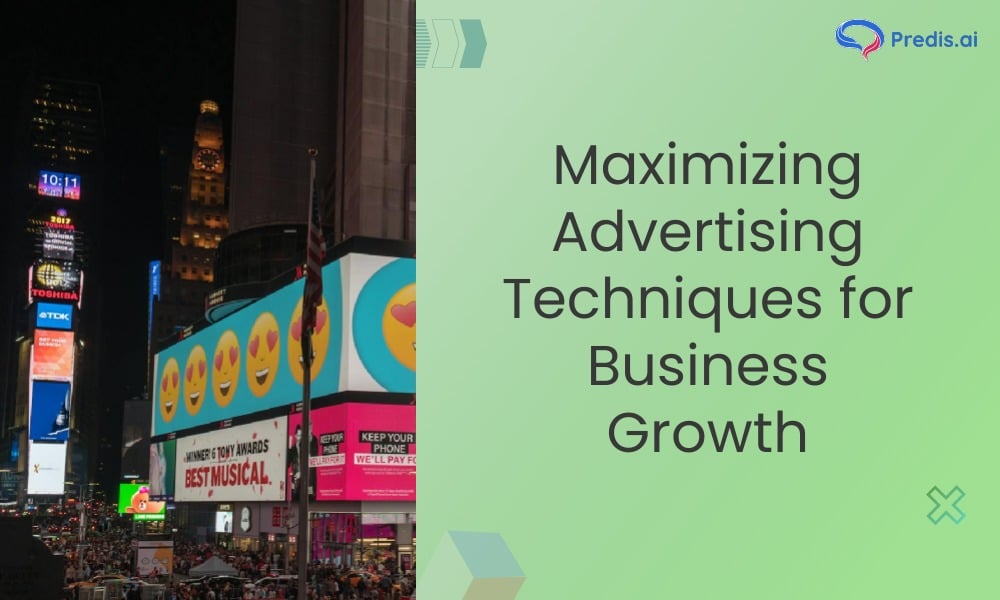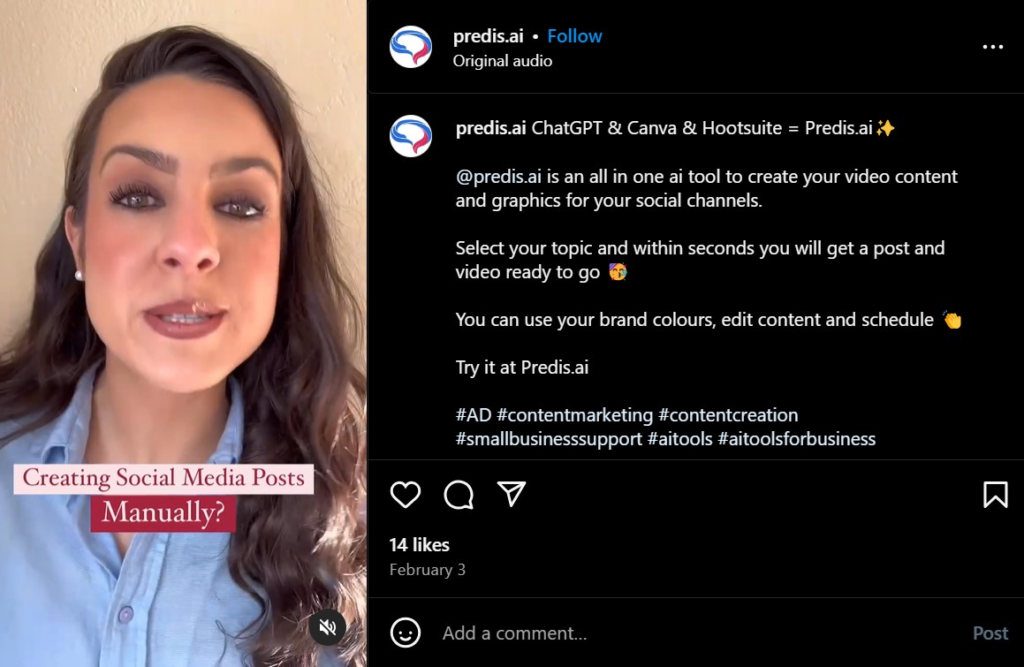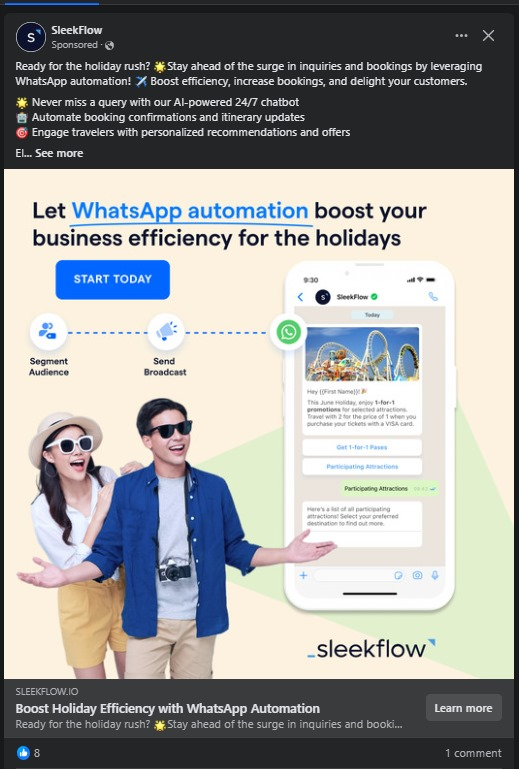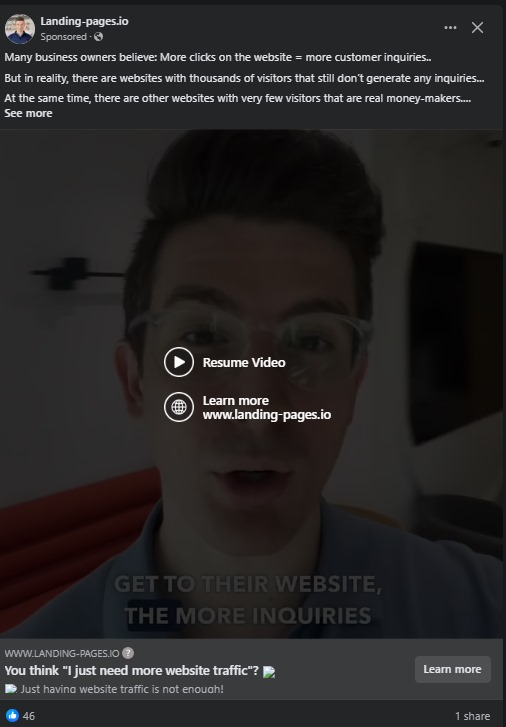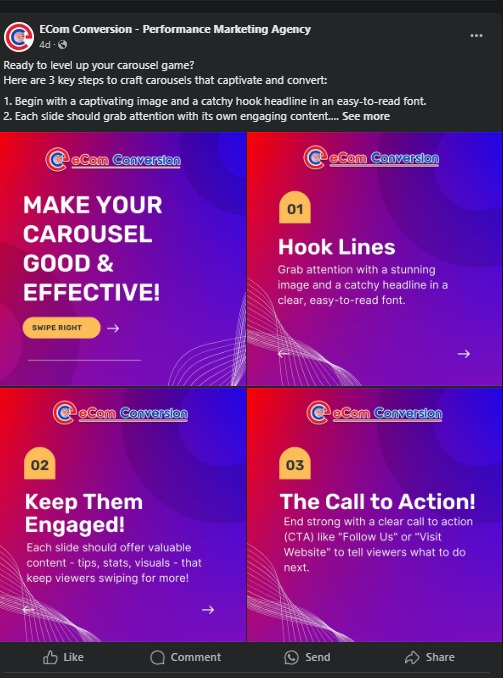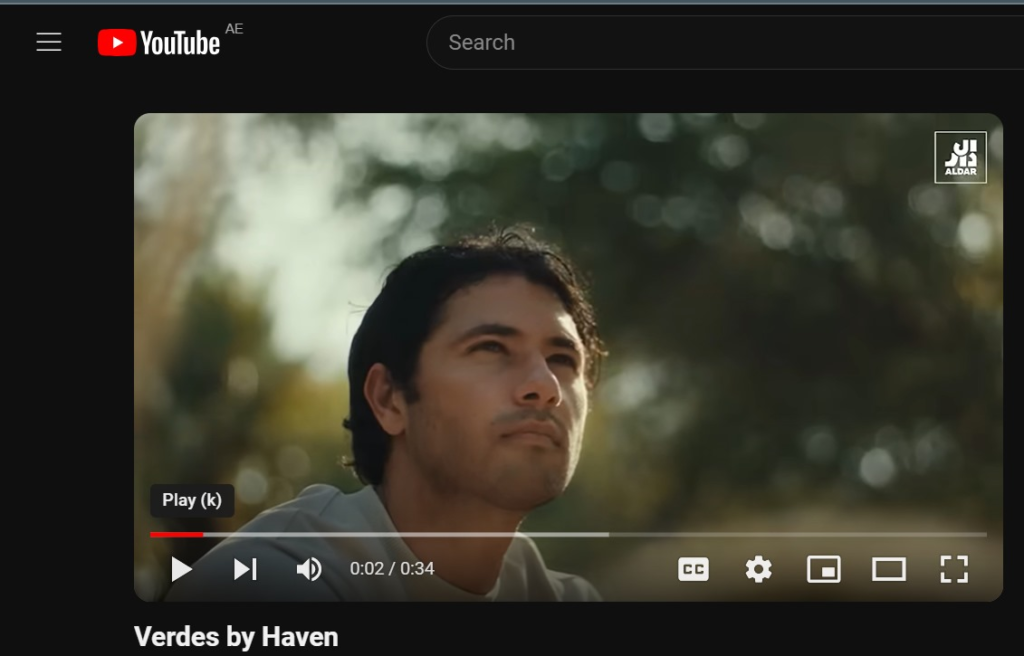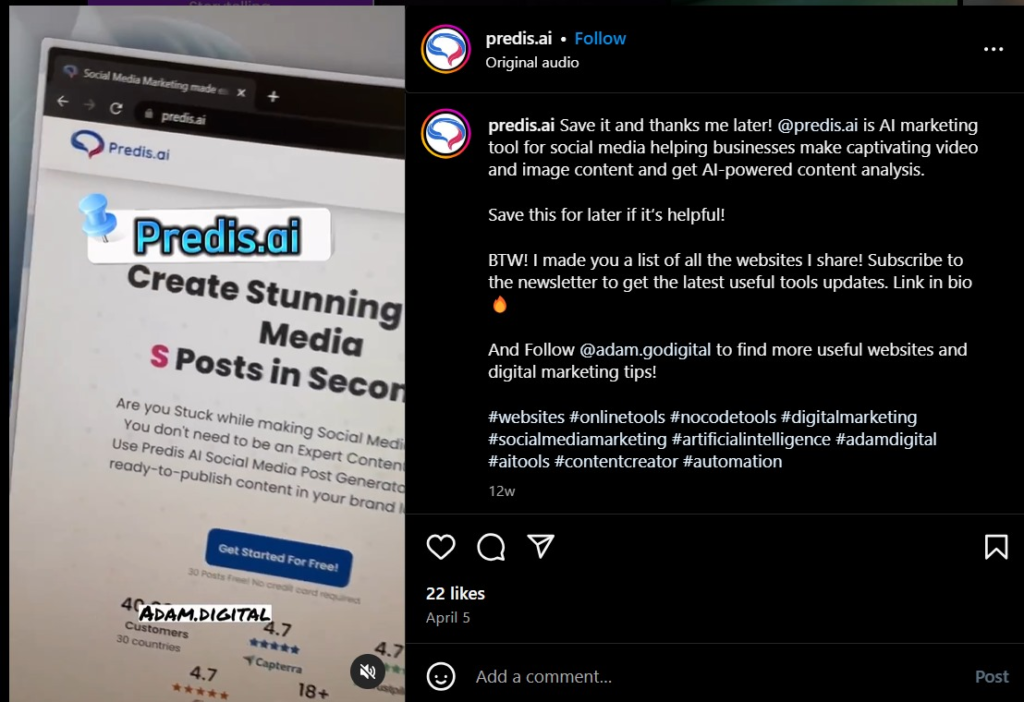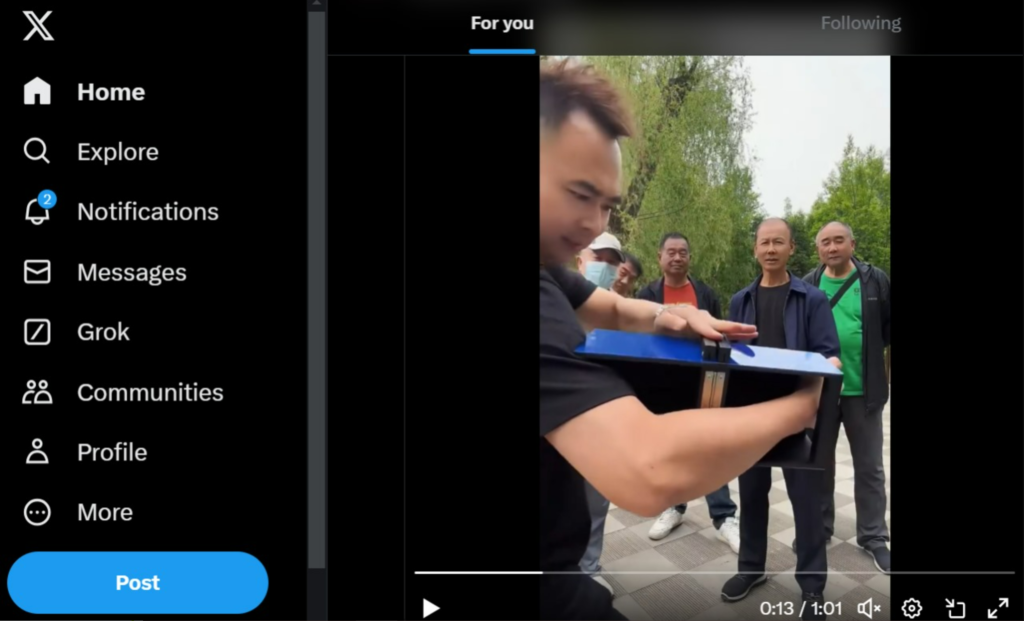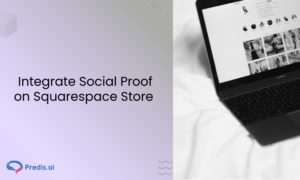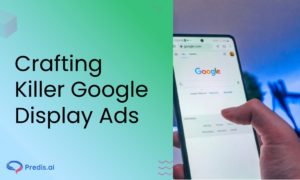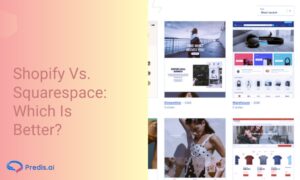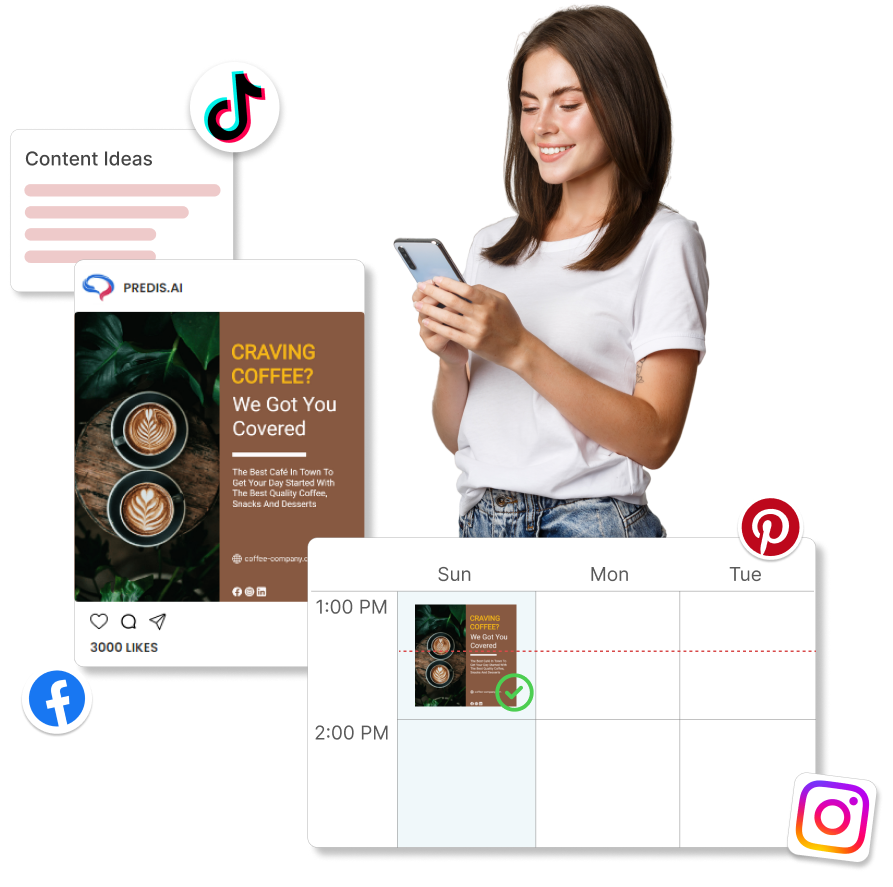Advertising is vital for businesses to drive sales, build brand awareness, distinguish themselves from their competitors, and support overall business development. Without advertising, businesses will not be able to communicate and engage effectively with their target audience. There are several ways to promote products each with its advertising techniques and use case scenarios.
Traditionally, businesses relied upon print, TV, and outdoor advertising. However, these advertising techniques had limited reach due to geographic, demographic, and budget constraints plus a lack of interaction. With the advent of the Internet social media advertising and its various techniques have bypassed these challenges and have gained predominance over traditional advertising techniques.
Social media has now outgrown its tag as a news and entertainment provider and is being touted as the best form of direct contact with an audience. If used right, it can guarantee success and has evolved as a critical component of contemporary marketing and communication strategies.
Why Should You Use Social Media for Marketing?
Social media is the go-to channel to establish acquaintances in virtually any field. It has broken down physical boundaries, made the world smaller, and developed seamless communication channels.
In the current scenario, everyone is on social media; teens on TikTok, influencers on Instagram or Facebook, and job seekers on LinkedIn.
What distinguishes social media from its digital marketing competitors, like search engines and email, is that it includes a diverse range of unique platforms, each with a dedicated following.
- As of April 2024, Facebook leads the pack with over 3065 million monthly users followed by YouTube at 2504 million,
- WhatsApp and Instagram have over 2000 million active users per month.
- TikTok with 1582 million, Telegram with 900 million, Snapchat with 800 million, and the X platform with 611 million monthly users are the other major social media platforms.
The diversity and impact of social media platforms make them an essential business tool for enhancing brand value, improving customer engagement, and accomplishing targeted marketing. Leveraging social media’s power and using different marketing techniques is the best approach to thrive and succeed in the digital landscape.

What is Social Media Marketing?
Gone are the days when businesses depended entirely on organic reach to raise brand awareness and reach their intended audience. With the exponential growth of social media posts, this has become next to impossible. The onus is now on paid social media marketing to promote and reach your brand to new audiences and consolidate old ones.
What exactly is social media marketing? It is a type of digital marketing where businesses allocate a specific budget to promote their brand-related content on various social media platforms. Keep reading to understand why social media advertising is crucial for your business.
Why is Social Media Advertising Important?
Social media advertising has a definite advantage over traditional advertising in reaching the bulk of a brand’s target audience and engaging with them on the platform where they spend a significant amount of time.
Businesses have now understood how the number of likes on Instagram and Facebook can positively influence consumer behaviour with the social media ad spending likely to cross the US$300 billion mark in 2024.
Social media platforms help us reach a larger section of the population in a shorter amount of time. According to research studies,
| Platform | Reach % |
| 62.6 | |
| 10.79 | |
| YouTube | 9.57 |
| 7.99 | |
| 6.66 |
Social media advertising techniques help businesses create cost-effective yet targeted marketing campaigns thus playing a crucial role in marketing strategies. Understanding the different types of social media advertising, tips, and related strategies is important for businesses to make an impact. Read on to learn more about the different advertising techniques and how to use them effectively in this ultimate guide.
Make Your Product Stand Out on Social Media 🤩
TRY NOWSocial Media Ads- An Overview
Social media advertisements come in a variety of creative formats such as images, videos, or any other modes which guarantee an immersive user experience.
Social media ads are visually attractive and camouflage well with the virtues of the social media platforms targeting user behavior and interests.
Social media ads do appear organically as a post in your feed but with a ‘sponsored’ or ‘promoted’ tag attached to it. These ads are an efficient way to familiarize the audience with a new product or event and there is no harm in allocating a budget for social media ads if you have the resources for it.
Social Media Platforms and Different Advertising Techniques
Now that we know the importance of social media ads, let us look at some of the different advertising techniques and how they can be used effectively in the different social media platforms. You need to know which social platform your target audience is most active in and make sure to meet them there.
1. Facebook Ads
With a reach of over 2.11 billion spread across a wide range of demographics, Facebook is undoubtedly an attractive social media platform for businesses to tap into their target audience. Let’s look at this platform’s different advertising techniques and how to use them.
Image Ads
This is one of the most common ad types featuring a single image to advertise and promote a product or offer. The success of the image ads lies in getting your message across clearly with a single visually appealing high-resolution image including any offer details or discounts. You can find these image ads in your feed or as banners.
Follow these best practices and specifications for your image ads.
- Use a 1:1 placement ratio and include your brand logo in the ad.
- Show individuals using your product and include text in the image without obstructing it.
- Use a PNG or JPG file type of a maximum of 30 MB size for best results.
Video Ads
Video ads feature short 15-second videos 4GB in size to capture the attention of the audience to market a product or service. Video advertisements are more interactive and assist in a better understanding of the product or service.
Slide Show Ads
Slide show ads are a lifesaver for people with no video-making skills but don’t want to go for static images. Slide show ads are often made up of 3 to 10 high-quality images or a short video within a slide show. These ads load well in areas that have less potent internet connections and are easier to make too. The specifications are similar to those of video ads.
Carousel Ads
Viewers have the flexibility to flip and view multiple images or videos each with its link to landing pages, headlines, and calls to action (CTAs) that allow businesses to explain a process, tell a story, or advertise multiple products.
You can display the best images and videos at the beginning by utilizing the Facebook optimization option to attract and sustain the attention of the audience.
Carousel Ads Design Specifications
| Parameter | Specifications |
| No. of carousel cards | 2 to 10 |
| Aspect ratio | 1:1, 4:5 or 9:16 |
| Recommended Resolution | 1:1: 500 x 500 px (minimum), 1024 x 1024 px 4:5: 600 x 750 px (minimum), 1080 x 1350 px 9:16: 500 x 888 px (minimum) or 1080 x 1920 px |
| Image format | jpg and png |
| Maximum file size and Video length | 30 MB and up to 240 seconds |
| Maximum Video File Size | 4 GB |
Messenger Ads
Messenger ads appear as a message in the user’s chat tab amidst other conversations. The user might be able to have an automated conversation with the business or the message can redirect them to the business page.
Stories Ads
These time-sensitive ads appear on top of the user’s feeds when they are scrolling through the stories of people they follow. Since a story ad is available only for 24 hours it urges the audience to view it immediately. Stories benefit small businesses and can comprise a video of 15 seconds, a photo of 5 seconds, or a carousel of photos.
Collection Ads
One of the best types of ads features a short video or an image as a cover followed by multiple product images with complete pricing and details. Collection ads act as a virtual store allowing your audiences to purchase products using a link without leaving the social media platform.
Use Predis.ai's Facebook Ad Maker for effective ads with the right specifications for optimum results.
2. YouTube Ads
YouTube has over 2.1 billion users and brings in over US$29 billion in revenues annually making it one of the best social media platforms to display your ads on. Also, studies point out that more than half of YouTube users believe that the ads are relevant subsequently resulting in better conversions.
Display Ads
These are displayed on top of your video suggestions on the sidebar.
In-Stream Ads
These are ads that can be skipped after 5 seconds.
Non-Skippable Long and Short Ads
These non-skippable 15-second and 30-second ads need to be watched fully before users can view the main video.
3. Instagram Ads
If you have a product that appeals to the audience’s optical senses then Instagram with its massive fan base is the right choice. Encompassing the youngest audiences and ranking second in user engagement rates this picture-sharing app is one of the best business tools.
Image, video, carousel, collection and story ads work well for Instagram and might slightly differ in their specification requirements. There are other Instagram-specific advertising techniques.
Explore Feed Ads
This is a new section in Instagram and the ads in this section are curated for each user. If you create an ad that can appear in a customer’s explore section then your content has reached a potential customer and is your target audience.
Reels Ads
You can create short video clips of 30 seconds accompanied by music and sound and these do not disappear within 24 hours like shorts.
4. LinkedIn Ads
This is the world’s largest professional network and when other social platforms are great for B2C, LinkedIn is suited for B2B marketing.
Event Ads/ Document Ads
Event ads promote events while document ads help in sharing documents within the LinkedIn feed to enhance customer engagement.
Message Ads
This type of ad targets prospective customers by sending direct messages to their inboxes aimed at immediate action and conversions.
5. X/Twitter Ads
One of the more popular social media platforms famous for its breaking news and ease of engaging with big and small players.
- Twitter image ads can drive a customer towards a particular site or help in business ad campaigns.
- Carousel ads also perform the same function but through a story.
The exclusive ad formats for this platform are:
In-stream Video Ads
These are short videos that are featured in a user’s feed.
Text Ads
These ads resemble regular tweets and help in organic business growth.
Take Over Ads
Your ads are placed at the top of the user’s conversation leading to greater engagement.
Amplify Ads
These ads target customers who are already engaged with content similar to your business and use pre-existing customers.
Follower Ads
This type of ad promotes your LinkedIn profile and page with pre-existing followers.
Use the AI-based Twitter ad maker to create various ad formats.
6. Pinterest Ads
Pinterest features visually appealing photos and videos and individuals use this platform for product purchases. It also uses a highly targeted search engine to help businesses capture customer attention and enhance engagement. In addition to the standard, video and carousel ads, businesses can use the following:
Idea Pin Ads
These are multi-page ads that can help a business showcase their products and drive home their unique personality thus increasing sales.
7. Snapchat Ads
This casual social media platform is a hit among millennials and is a great opportunity for businesses to promote their products.
Commercials
Commercials often found among Snapchat’s curated content cannot be skipped and can run up to 3 minutes. This type of ad can be used to create brand awareness.
Filter Ads
Filter ads as the name suggests use Snapchat’s inbuilt artistic filters to drive conversions
Lenses AR Ads
Businesses can utilize augmented reality to make interactive advertisements.
8. TikTok
The social media platform encompasses an enormous potential for advertising and the audience numbers increasing by leaps and bounds.
- Businesses use image, video, and infeed ads to capture customer engagement.
- Hashtag challenge ads make use of viral trends and hashtags to promote products.
Steps for an Effective Social Media Campaign
Choosing the best paid social media ad can be overwhelming given the exponential growth of social media marketing. Follow these steps to make your social media ad campaigns “click” on all social media platforms.
1. Set Clear Goals
Setting reachable business goals for your ad campaign strategies is important for its success and can guide your advertising strategies. Decide if you want to increase engagement, drive sales, or create awareness.
2. Know Your Target Audience
Knowing your target audience helps to create compatible ad content. Conduct an extensive study to understand your audience demographics and online activities.
3. Choose the Right Social Media Platform
Select the social media platform where your target audience is more active. For e.g.if you want to appeal to professionals choose Linkedin and not TikTok.
4. Create Compelling Content
Create scroll-stopping content using AI tools for Twitter, LinkedIn, and other social media platforms for the best results.
5. Repurpose, Monitor, and Adjust
Try not to use the same content for all ad formats across all social media platforms. Try to repurpose your content for different platforms. Experiment with different captions, ad formats and ad copies to understand which type of ad performs the best.
6. Track your Conversions
Choose the most apt advertising formats for your objectives and monitor their performance. Tweak the ads accordingly for better results. Track your conversions and Return on Investments (ROI) to measure the success of your ad campaign.
You can also utilize various strategies to ensure that your social media content reaches your target audience.
7. Setting a Budget
Set a budget well within your marketing budget. Base your budget and frequency on the social media platform you are interested in as the Cost per Click (CPC) and Cost per Impression (CPM) vary between platforms.
Final Thoughts
Organic reach and paid social media advertising can work in tandem for a wholesome social media marketing strategy. Though organic reach is free it depends on algorithms and you need to be consistent with your timing to taste success. But if you are looking for some quick success then paid social media is the right way forward.
Despite knowing the different types of advertising techniques and their components you might sometimes fall short of what you wanted to achieve. Why worry when you have the power of AI at your disposal? Predis.ai generates visually stunning customized social media ads that speak the language of your brand voice.
So, what are you waiting for? Sign up for an account on Predis.ai and convert your text input into a wide range of creatives for different social media platforms.
Related Content,
How to Identify and Minimize Ad Fatigue? What is it?


